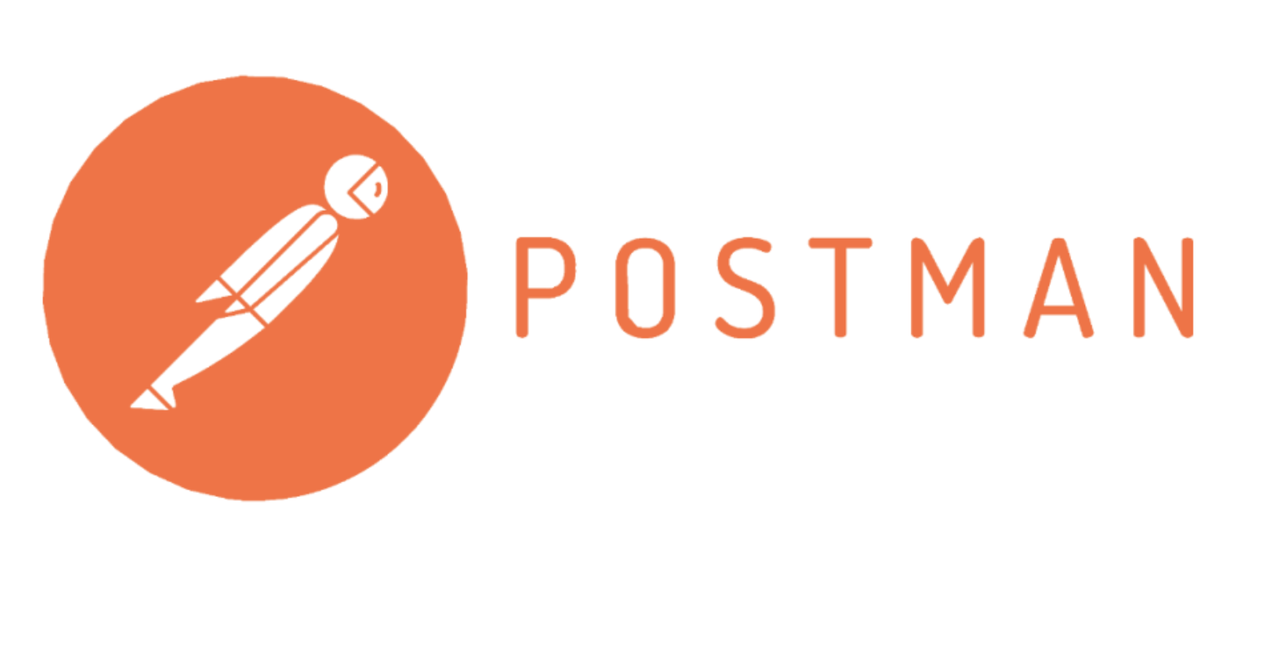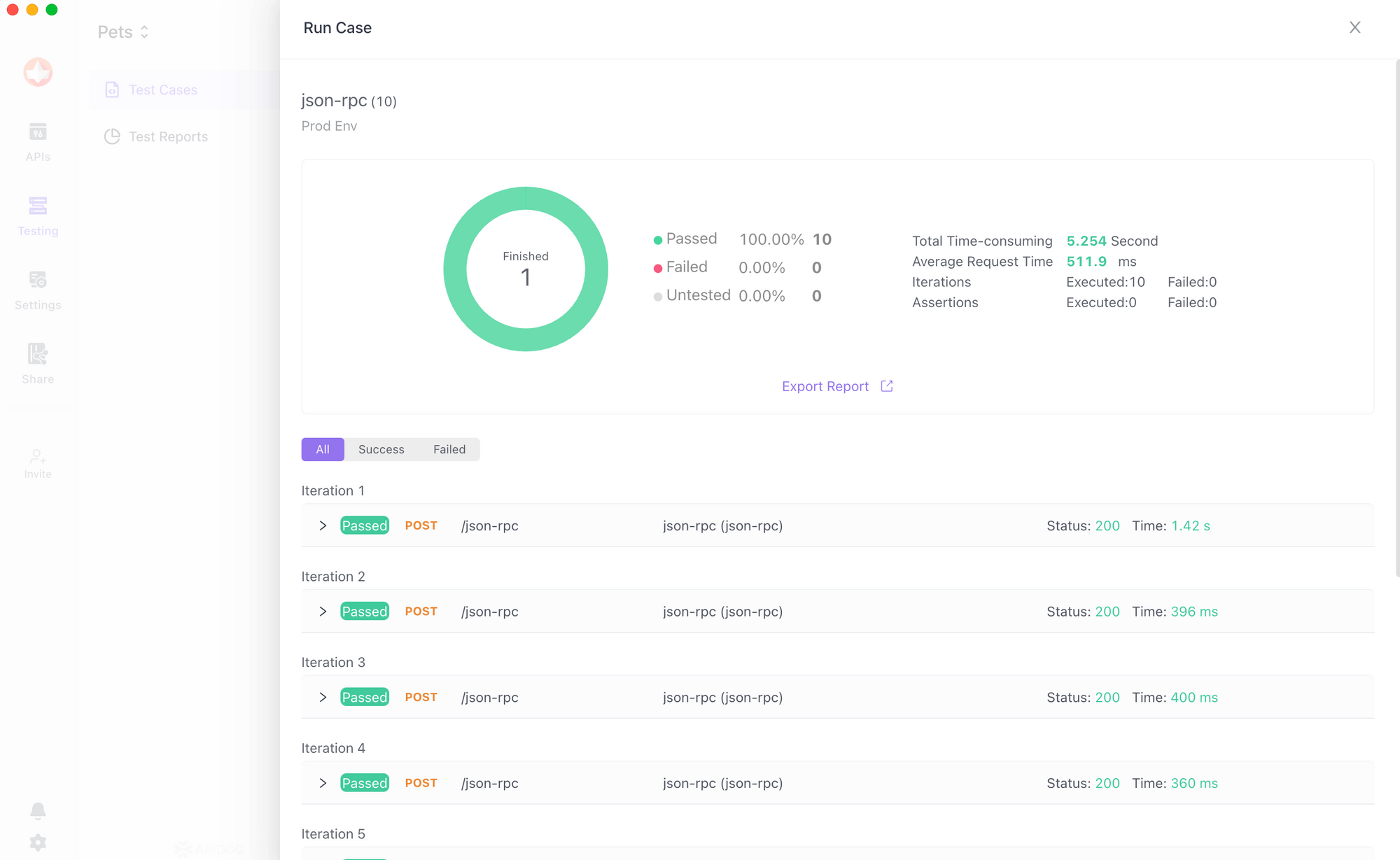Postman, a widely popular API debugging tool, has become an indispensable asset for developers worldwide. Its user-friendly interface and powerful features have made it the go-to choice for testing and managing APIs. However, like any tool, Postman is not without its limitations.
In this post, we will explore some of the shortcomings that developers may encounter while using Postman and discuss potential solutions to overcome these challenges. So let's dive in and uncover the hidden aspects of this widely celebrated API tool!

The shortcomings of Postman
- Limit of runs: Even if you purchase the Professional version of Postman (at $39 per user per month), you are limited to running a collection only 250 times per month. This limitation can be insufficient for teams using automated testing extensively.

- Lack of collaboration: You can use Postman to manage your APIs, but it doesn't have any association with your collections. When an API undergoes changes, which is common in agile projects, everyone in the team has to manually rewrite all the related requests and tests. This can become extremely challenging and hard to maintain, especially for larger projects.
- Steep learning curve: Writing scripts for pre-requests and tests requires technical knowledge, which can be inconvenient for many testing engineers. Additionally, the scripts are not easily reusable, which further adds to the inconvenience.
Switch from Postman to Apidog
Apidog supports almost all core features of Postman, allowing you to conveniently switch from Postman to Apidog. The specific method is as follows, as well as the tutorial from the video.
Migrate Collections
Step 1. Find Postman Collections, mouse over the collection you want to export, click the ··· icon, select "Export."

Step 2. And then select Export Collection v2.1 (recommended) to export collections. Apidog Supports importing Postman Collection v2.1 format data.

Step 3. Clicking the "Import" in Apidog, Select "Postman" and upload a file from downloads. In Apidog, you can import Postman's exported JSON file in the project settings

Step 4. Upload output data source from Postman. Click “Confirm” as displayed below.

After importing, the Collections will appear in Apidog's API module, while pre-request/tests will appear under API Endpoints.

Migrate Environments
Export Postman's Environments:
Postman's environment data and collection data are stored separately, so you'll need to export the environment from Postman by clicking on the "..." next to the environment in Postman, selecting "Export", and exporting the environment.

Import Postman Environment into Apidog:
Then, in the Apidog interface, go to Environment Management in the top right corner, select "Import Postman Environment".

Simply select the downloaded Postman Environment file and upload it to Apidog. This will allow you to seamlessly import your Postman environment into Apidog.

Apidog offers a smooth transition process from Postman, with compatibility with Postman scripts and a convenient import feature that allows you to migrate your existing scripts and projects without any hassle. With Apidog's superior functionality and ease of use, it's a great investment for any API development team looking to streamline their workflow.
Differences Between Postman and Apidog
Apidog is designed for API development teams, integrating API design, development, debugging, mocking, testing, and documentation into one platform. It offers a convenient collaborative environment with a visual interface, significantly reducing the learning curve. Additionally, Apidog is more affordable and doesn't have any limitations on the number of runs.

Apidog provides compatibility with Postman scripts and offers a convenient import feature, allowing for a smooth transition from Postman to Apidog. You can easily migrate your existing scripts and projects from Postman to Apidog without any hassle.
During the migration process, you will notice some differences in the design philosophy between Apidog and Postman. Understanding these differences will help you successfully complete the migration.
Collections, API Cases, and Test Scenarios
When it comes to debugging APIs in Postman, the entire process revolves around requests. You create requests and organize them within collections for execution. However, Apidog takes a different approach. You'll notice that it doesn't have the concept of collections. This divergence stems from Apidog's logic, which considers all requests as specific to an API. Therefore, requests should be organized under their respective APIs, with each API having multiple request cases.
When you transition from Postman to Apidog, the request from Postman transforms into an API case in Apidog. You'll see a "success" case in every API, where the pre-request scripts and tests become part of the API case. This reorganization in Apidog allows for better management and structuring of requests within the broader context of an API.
When you need to run a collection in Apidog, you can utilize the automation testing module. Here, you can reference API cases and create a test scenario by grouping them together for execution. The result will be a comprehensive test report similar to what you would have in Postman.

This approach offers several advantages. Firstly, an API case can be referenced in multiple test scenarios, eliminating the need to duplicate requests. Secondly, any changes made to the API definition will automatically reflect in both the API case and the corresponding test scenario. This resolves the collaboration challenge that arises when interfaces undergo modifications.
Apidog takes it a step further by supporting conditional statements and loops within Test Scenarios. With this feature, you can visually arrange and configure your API cases in a more intuitive and powerful way. It offers greater flexibility and ease of use compared to Postman's collection-based approach.
Environments & services
Many companies have multiple environments, and in Postman, switching between different environments is often achieved using environment variables placed at the beginning of URLs. However, this approach is not considered elegant. It makes the request URL and the API URL different, and also mixes environment configurations and variables together.
In Apidog, the equivalent of a prefix URL is called a "Service", which can be configured within each API or API folder. Each service can have different values for different environments, allowing for seamless switching between environments.

Furthermore, an environment in Apidog can include multiple services. Some APIs may require requests to user.xxx.com, while others may need to request order.xxx.com. By configuring a set of services within each environment, you can easily organize and run API endpoints with their corresponding prefix URLs.
Building upon this functionality, Apidog also provides two special environments: the local mock environment and the cloud mock environment. With these mock environments, you no longer need to set up a separate mock server. By sending requests to the designated mock environment, Apidog's built-in Smart Mock Server intelligently responds with API responses defined in your API definitions. This allows front-end developers to conveniently utilize the mock environment for interface development even before the API development is completed.
Scripts & Pre/Post Processors
In Postman, writing scripts is necessary for both pre-request and tests, which can be challenging for some QA engineers. However, in Apidog, a range of user-friendly visual Pre/Post processors are provided, making it easy for anyone to get started.
Firstly, Apidog supports the direct use of Postman scripts. You can run them directly in the "Custom Script" section or reference them in the "Public Scripts" section.

Secondly, Apidog offers visual assertions and variable extraction. With the convenience of constructing JsonPath expressions, you can easily retrieve any element from the response and perform assertions or store it as a variable, all without writing code.
Thirdly, Apidog supports database operations. You can query a database in pre-processors to fetch values as request parameters, or perform assertions by querying the database in post-processors. Popular databases such as MySQL, Oracle, SQL Server, PostgreSQL, and ClickHouse are supported for both read and write operations.





